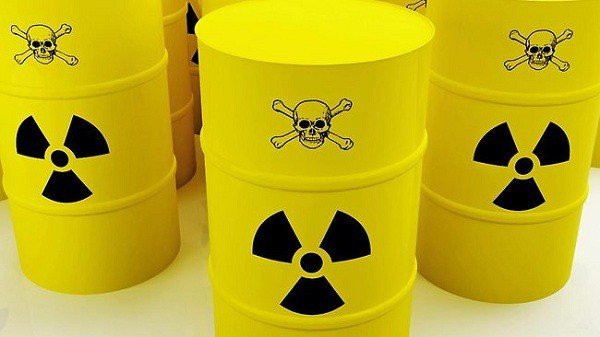Polonium poisoning

Polonium /(210)Po/ is a highly radioactive alpha emitter, 300 times more radioactive than uranium, with a half-life of 138 days, which poses a radiation hazard if taken into the body, for example through absorption, due to the low range of alpha particles in biological tissues.
As a result, external pollution does not cause radiation sickness. Polonium-210 is one of the rarest chemical elements in the world, it was discovered in 1898 by scientists Marie and Pierre Curie, they named it in honor of their homeland – Poland.
It occurs naturally in very small amounts in the earth’s crust and is also produced artificially in nuclear reactors. In small quantities, polonium-210 is permitted for industrial use, mainly in devices to eliminate static electricity.
The chemical element is not natural to the human body. A person can be poisoned with polonium-210 by consuming food or liquids contaminated with it, it is possible to enter the body through an open wound.
Litvinenko, who died after poisoning with polonium 210, is believed to have been drinking tea contaminated with polonium-210 for a long time during meetings in a London hotel.
Ingested (210) Po initially concentrates in red blood cells, and then in the liver, kidneys, spleen, gastrointestinal tract, and gonads.
Polonium is excreted in the urine, bile and possibly breath and is also deposited in the hair. After ingestion, unabsorbed (210) Po is found in feces.
The elimination half-life in humans is approximately 30-50 days. In the absence of medical treatment, the fatal oral dose is on the order of 10-30 micrograms.
Clinical picture
If the absorbed dose is high enough, for example, more than 0.70 gray/Gy/ (210) Po can cause acute radiation syndrome /OPS/.
It is characterized by a prodromal phase in which nausea, vomiting, anorexia, lymphopenia and sometimes diarrhea occur after exposure. Higher doses of radiation cause more rapid onset of symptoms and a faster decrease in lymphocyte counts.
The prodromal phase may be followed by a latent phase in which there is some clinical improvement.
Subsequently, bone marrow diseases at a dose of 0.7-10 Gy, of the gastrointestinal tract at a dose of 8-10 Gy or cardiovascular and central nervous system diseases at a dose of more than 20 Gy are characteristic.
p>
Diseases develop depending on the method of administration of the systemic dose. The triad of early vomiting followed by hair loss and bone marrow failure is typical of acute radiation syndrome.
Those patients who do not recover die after a few weeks or at the latest after a few months, while those who survive may take many months to recover.
Treatment of polonium poisoning
Supportive therapy is essential and should be aimed at controlling symptoms, preventing infection, but the main component of treatment is blood and platelet transfusions.
Gastric lavage may be helpful if performed up to about 2 hours after ingestion.
Chelatotherapy can also be used, as animal studies have found a reduction in body levels of polonium 210 and limit its absorption and higher survival, although better response to some radiation sensitivities has been reported organs by some chelating agents.
Dimercatrol – an antidote for lead poisoning with penicillamine as an alternative is currently recommended for polonium poisoning 210. However, animal studies also indicate the effectiveness of 2,3-di-mercapto-1 -propanesulfonic acid and 2,3 dimercaptosuccinic acid.



